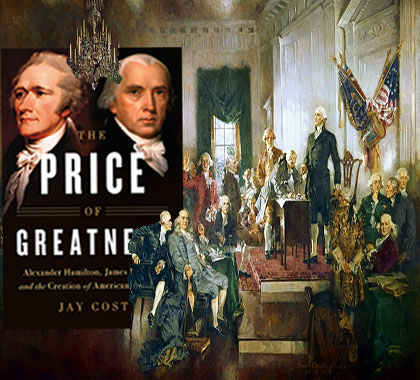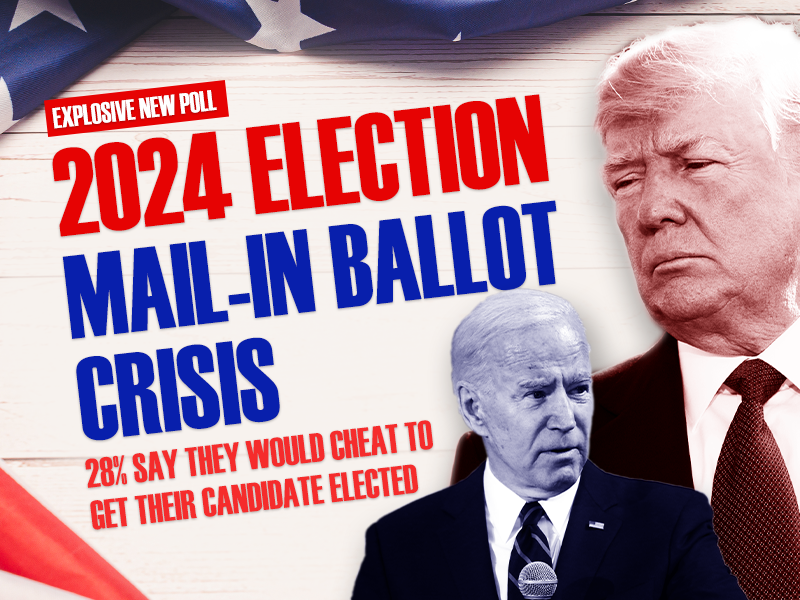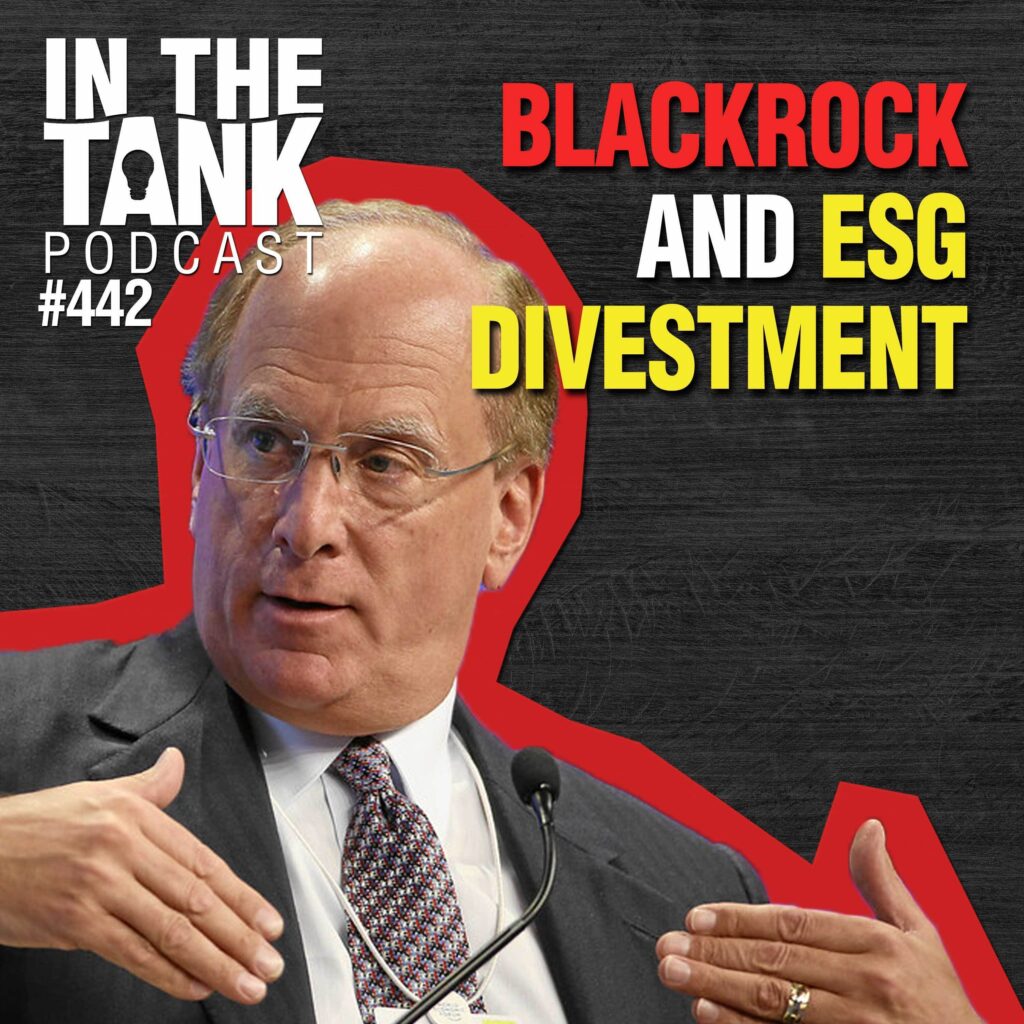It may be that the story of history is in large part a tale of historical figures falling in and out of favor with biographers. For example, the hit Broadway show Hamilton has certainly elevated its namesake, but The Price of Greatness: Alexander Hamilton, James Madison, and the Creation of American Oligarchy, by Jay Cost, expertly returns the Founding Father and former Secretary of the Treasury to an equal footing with his contemporary friend and rival, James Madison.
Complex Relationship
In The Price of Greatness, Cost explains how Hamilton and Madison’s years of disagreements and debates over the future of the nascent country have shaped American history, and what we can learn today from their competing visions of what America should be.
Hamilton and Madison disagreed about the purpose of the U.S. Constitution, Hamilton holding that the document was ultimately a blueprint for national greatness and Madison maintaining the Constitution should guarantee fairness and the government’s equal treatment of all people. It was fundamentally a choice between establishing national greatness or remaining a true republic with freedom as a paramount concern. However, Cost uses primary sources to demonstrate the two “frenemies” agreed on the important role of Enlightenment values in crafting a stable republican government.
Hamilton and Madison often started with similar assumptions and went in different directions, Cost writes.
“In A Treatise of Human Nature, [the philosopher David] Hume argued that ‘reason is, and ought only to be the slave of the passions, and can never pretend to any other office than to serve and obey them,'” Cost writes. “Similarly, Hamilton held that ‘nothing is more fallacious than to expect to produce any valuable or permanent results, in political projects, by relying merely on the reason of men. Men are rather reasoning than reasonable animals for the most part governed by the impulse of passion.’ Madison and Hamilton were also persuaded by Hume that a stable government must corral those passions, which lead inevitably to what Madison called ‘the violence of faction.’ In an unpublished essay from 1795 defending his economic program, Hamilton averred that faction is ‘the natural disease of popular governments.'”
No Easy Answers
Retracing the pair’s history of public service and private debate, Cost concludes neither Hamilton nor Madison was necessarily wrong about what America is and should be, and he argues each was right in his own way.
As in the parable of the blind men and the elephant both Founding Fathers were exploring how uniquely American ideals necessarily conflicted, a debate that continues to this very day, Cost writes.
“The key lesson from the Madison–Hamilton battle is not that one was right and the other wrong, but that their feud represents a clash of fundamental American values,” Cost writes. “The Constitution was premised on liberalism, republicanism, and nationalism—on the supposition that only a stronger, more prosperous union of the states would protect individual rights and secure self-government. But after the Constitution was ratified in 1789, the principles of republicanism and nationalism came into conflict. It seemed as though the country could become a strong and mighty nation, or it could remain a true republic, but it could not be both.”
Defining the American Paradox
The primary message of Cost’s book is the current relevance of the conflict between Hamilton and Madison. The great debates between the two men are about the same dynamics we see in American government and culture to this day, Cost writes.
“That the fight between Madison and Hamilton can be restated in the rather dry language of economics demonstrates that it was more than just a momentary clash of personalities,” Cost wrote. “Instead, it illustrates a paradox at the heart of the American constitutional order. Our Constitution simultaneously promotes the notions of liberalism, republicanism, and nationalism. … We have a government that over the last hundred years has taken on a large number of nationalistic endeavors, primarily by promoting economic growth, continuing to develop the national infrastructure, and building a military force superior to those of the nation’s enemies. Moreover, the liberal project has evolved since the New Deal, as well.”
Still Struggling
Readers will be captivated by Cost’s application of this historic conflict to current issues. Many political disagreements today echo the debates of the Founding Fathers, and readers would do well to note the thoughts and words of both Hamilton and Madison, Cost writes.
“Our anxieties about our government, our fights over what it should do and how it should do it, our recriminations and suspicions about each other’s motives—these resemble the battle between the two founders, so long ago. Madison and Hamilton debated how to keep our national ambitions and our republican principles properly ordered; today, we still feel as if we do not have a good balance between these values.”
The Price of Greatness is one of the best history books I have had the privilege to read in quite some time. Cost’s poignant closing words about the latter-day relevance of Hamilton and Madison’s disagreements will echo in the minds of readers long after they’ve put the book down.





